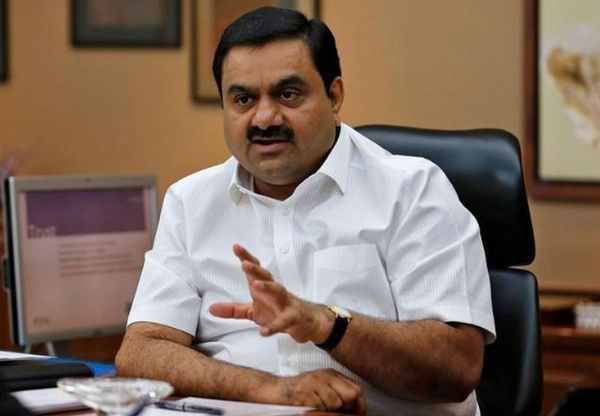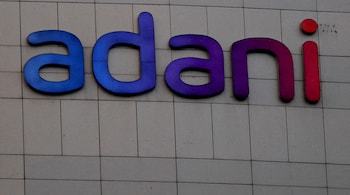
An important obstacle has been encountered in the Adani Group’s planned entry into the telecom industry. The conglomerate has not yet launched services two years after purchasing 5G spectrum in the 2022 auctions, which has caused industry resentment and drawn scrutiny from the Department of Telecommunications (DoT). Adani Data Networks, a division of Adani Enterprises, has received numerous warnings for not fulfilling the auction rules’ minimum rollout obligations (MRO).
Despite securing a unified telecom license, which permits offering telecom and internet services, the company has struggled to make commercial 5G services a reality. This delay not only puts Adani at odds with the government but also leaves its substantial investment in 5G spectrum underutilized.
In the July 2022 5G spectrum auctions, Adani Data Networks acquired 400 MHz of spectrum in the 26 GHz band for ₹212 crore. The spectrum, spread across key regions like Gujarat, Mumbai, Andhra Pradesh, and Tamil Nadu, was intended to develop captive private networks to enhance the group’s core business operations—ports, airports, power generation, and logistics.
Adani’s vision for leveraging 5G to digitize and streamline its business operations seemed promising. However, sources suggest that the anticipated return on investment has not materialized, making the deployment commercially unviable for now.
Adani’s hesitance to roll out 5G services stems from several challenges:
Limited Commercial Viability: The group intended to deploy private networks for internal use, but the lack of immediate use cases and high costs of deployment have slowed progress.
Regulatory and Penalty Pressures: The government’s auction rules require operators to launch services within a year of acquiring spectrum. Adani’s failure to comply has resulted in penalties, starting at ₹1 lakh per week and escalating to ₹2 lakh weekly after 13 weeks. Although Adani has paid the penalties, no clear plan for launching services has been communicated.
Nascent Ecosystem for Private 5G: High initial costs, undefined use cases, and limited awareness among businesses have hindered the adoption of private 5G networks in India.
Spectrum Constraints: The 26 GHz band is suitable for fixed wireless access (FWA) but not large-scale deployments. Adani’s spectrum holding is insufficient for broader commercial services.
The DoT has sought clarity from Adani Data Networks regarding its plans. While the government has no immediate plans to cancel the group’s license, it’s evident that Adani needs to act swiftly to meet at least the basic rollout requirements. According to auction rules, spectrum can only be surrendered after 10 years, but trading is permitted after two years. This presents Adani with a choice: trade the spectrum to another operator or meet minimum requirements to avoid further penalties.
Insiders suggest that Adani is considering surrendering its 26 GHz spectrum. While the group has not formally communicated this to the DoT, it has reportedly informed officials that deploying private 5G networks is no longer deemed commercially viable. The possibility of spectrum trading is also on the table, although no concrete moves have been made.
The circumstance highlights the wider obstacles that India’s private 5G adoption faces. Private 5G networks were first hailed as a game-changer for smart cities and enterprise connectivity, but they haven’t taken off because of their high costs, hazy use cases, and shortage of trained personnel. Adani’s difficulties show that in order to fully realize the potential of private 5G, more transparent regulatory frameworks and assistance are required.
This delay also signifies a lost opportunity for the telecom industry. Unmatched internet speeds and minimal latency are provided by 5G technology, which is crucial for industrial digitization and smart cities. However, significant businesses like Adani’s underutilization of spectrum may hinder India’s overall progress toward reaching these objectives.

Credits: Money Control
While Adani’s 5G journey has hit a stumbling block, all is not lost. The group can still leverage its resources and expertise to fulfill basic rollout obligations or explore partnerships to make better use of the spectrum. However, without a clear plan, the 5G spectrum risks becoming a dormant asset, leaving Adani behind in the rapidly evolving telecom landscape.
The clock is ticking for Adani Data Networks, and its next moves will not only shape its telecom ambitions but also influence India’s 5G ecosystem.